There is was. The sign in the middle of nowhere: Kaisma. The village of 119 inhabitants that is to get a Rail Baltica station.
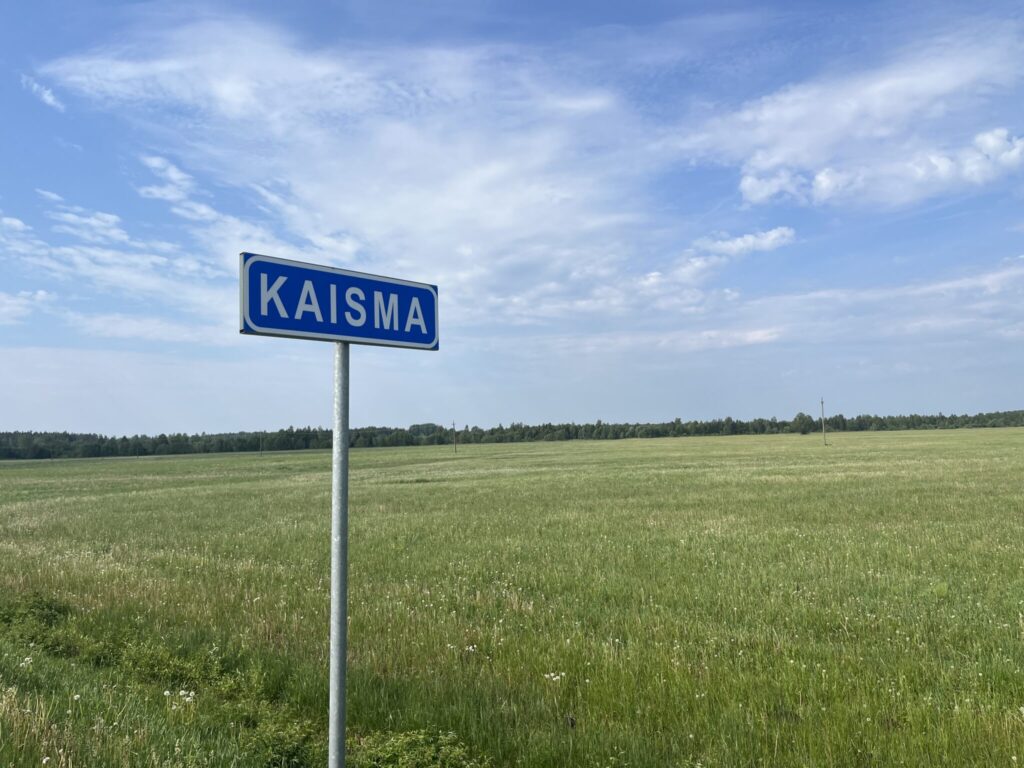
The village – if you can call it that – was a little further on. A cluster of houses and a bus stop.
And then even further along, a good 3km from these houses, the site of the future Rail Baltica station – in the middle of woodland as marked on this picture. I bumped into a surveyor who spoke some English and confirmed to me this was indeed the place.
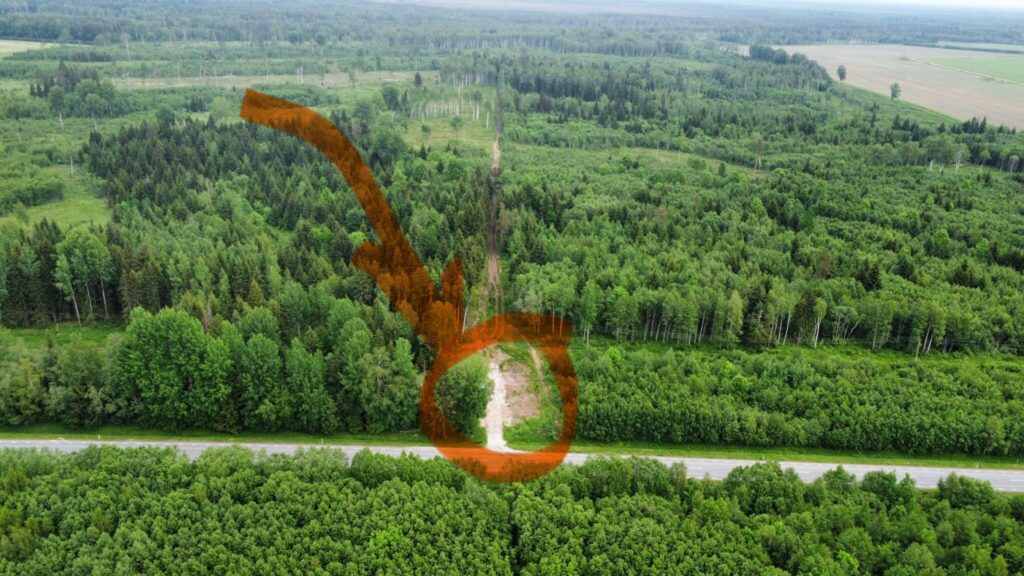
The previous day – at a conference where I had spoken in Tallinn – they asked in a Slido poll “where are you most looking forward to visiting on Rail Baltica?” And I answered “Kaisma”, and the moderator asked “Where is that?”
Why a station there at all might have been the more appropriate question.
For this is one of the many questions I am left posing but not answering after my 5 days learning about and exploring Rail Baltica.
It’s worth taking a step back to answer a different question first though: what sort of a railway is Rail Baltica going to be? The lack of a clear answer to that is at the heart of many problems with the project.
The answer is that Rail Baltica is sort of three types of railways – regional passenger rail (stopping services, 160km/h), freight (120km/h), and high speed long distance rail (249km/h).
The problem of course comes when you combine all of those into one railway project – you need passing loops for your regional and freight trains to allow the high speed long distance trains to overtake.
But does Rail Baltica have enough money to actually build a line fully equipped for that?
In the margins of the event in Tallinn I attended many spoke of de-scoping the project – even building some parts only single track – because the project is delayed and over budget. But doing that is going to result in even more conflicts between the different sorts of users of the line.
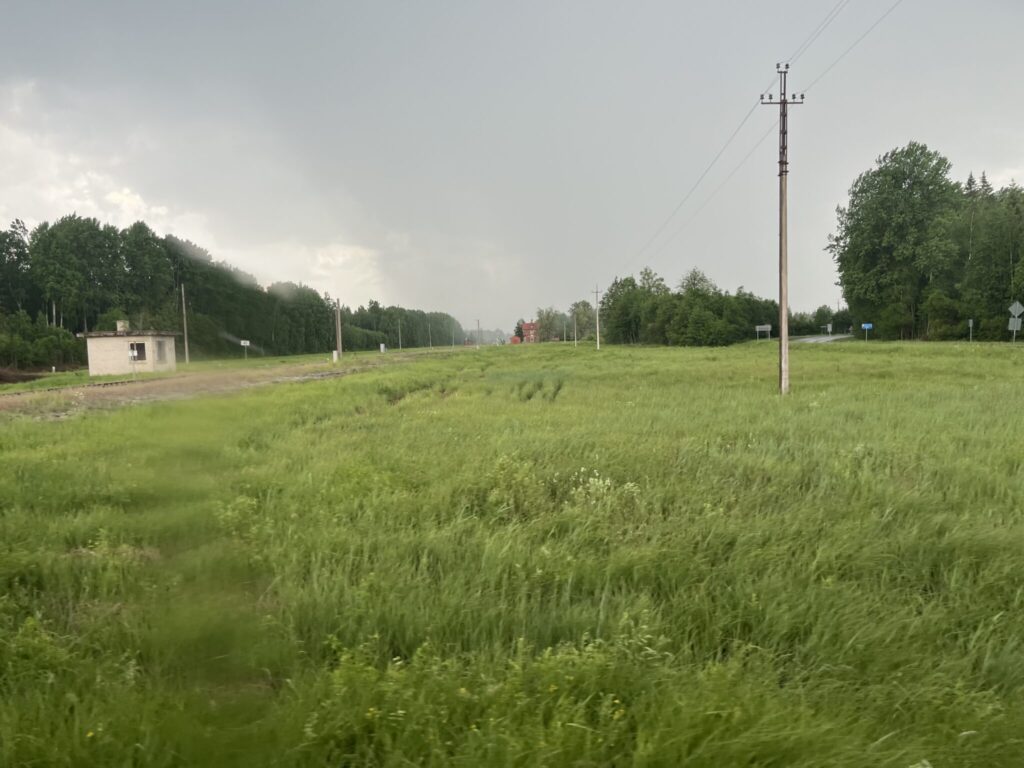
It is clear that Estonia sees an opportunity to connect its south west to the railway network – the picture above is the location of a future station in Tootsi, a bit of a more substantial place than Kaisma, and Pärnu – Estonia’s 4th city – will be connected too, although with a station in a quite unpleasant spot a good few km out of town.
Cross into Latvia, and the priorities and the headaches look different. Building the stations at Riga Airport
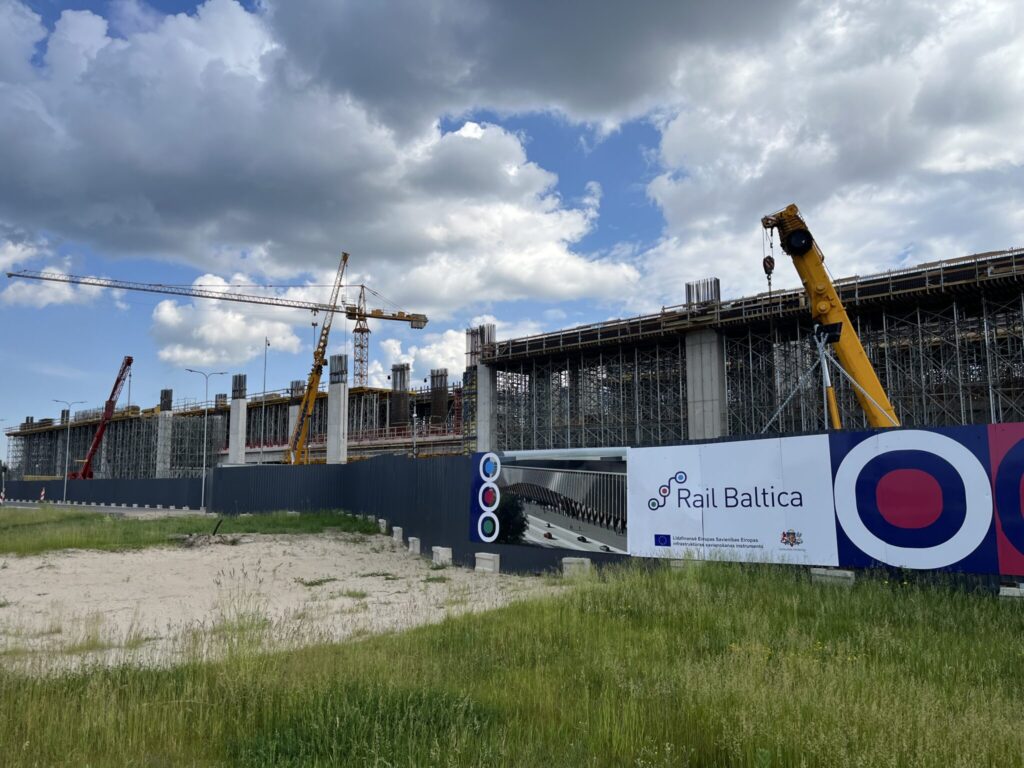
and Riga Central Station:

But work has stopped at Riga Central, due to a dispute about funding, and a dispute about an assessment of Rail Baltica between the current and former transport ministers.
Will something be built by the 2030 deadline set by the EU, or not? And what then will eventually be built?
While my focus this time was on Estonia and Latvia, I was also alerted to headaches in Lithuania, where although construction of sections of line has started, some ground works are delayed and over budget.
And then what about the trains that will run on the line? Who will procure a fleet of 249km/h trains? “The market will provide those for us” was the alarming response.
I am pretty sure that the market is not going to do that, because the market generally does not do that anywhere. It’s not as if there is a ready fleet of high speed trains sitting around somewhere that someone could deploy on Rail Baltica. And how many trains will be needed is especially hard for an operator to assess given we don’t know yet quite what will get built and by when.
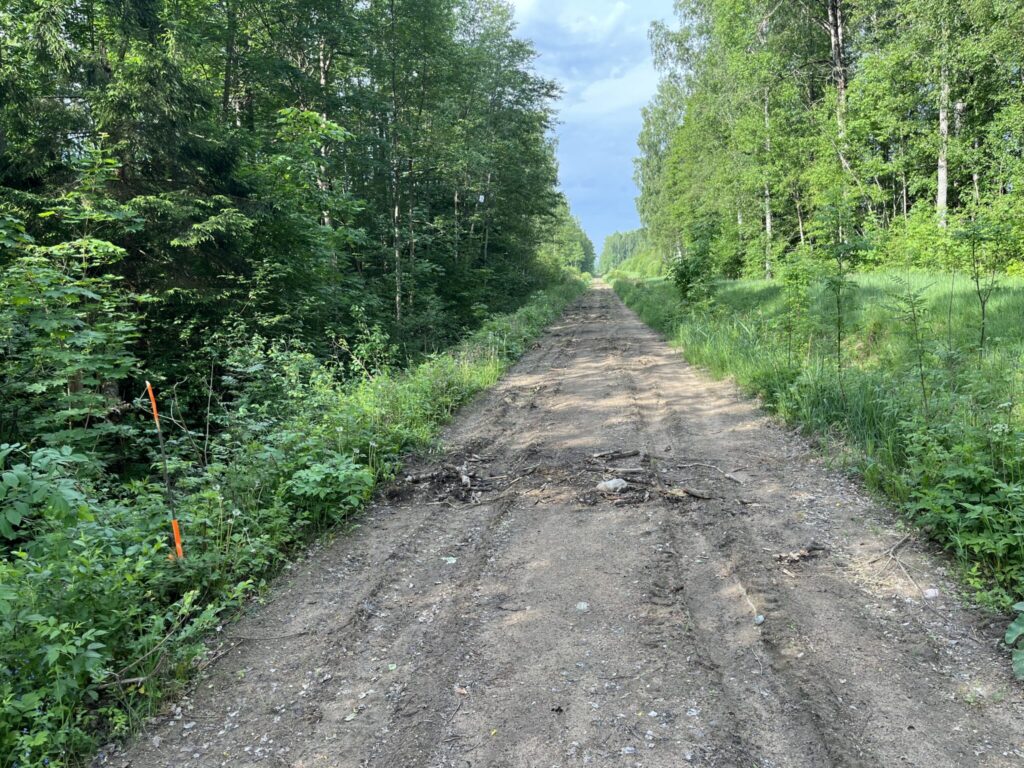
When I was slogging my way down mushy dirt roads to find the place where the Estonia – Latvia border is bisected by the line (it’s the orange pole in the pic above) – I began to ask myself: what the hell am I doing here?
But if I don’t get what the hell is going on with this project, that’s only my problem really. The much deeper and more serious problem is that I am not sure anyone else really has any proper grip of what is happening either, especially the politicians in each national capital and in Brussels. And that is deeply worrying.
Will I ever, I wonder, get a train to Kaisma?
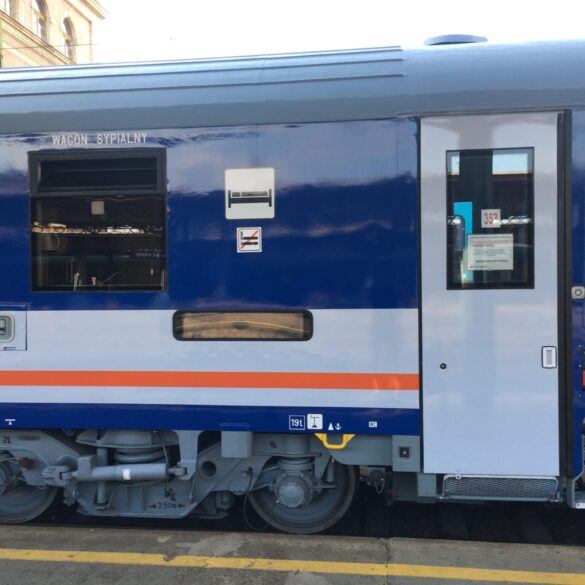


I see the EU has caught the USA bureaucracy virus. Our California High Speed Rail project began construction 2015. Completion 2030-2033. It might get to the finish line first.